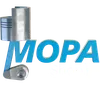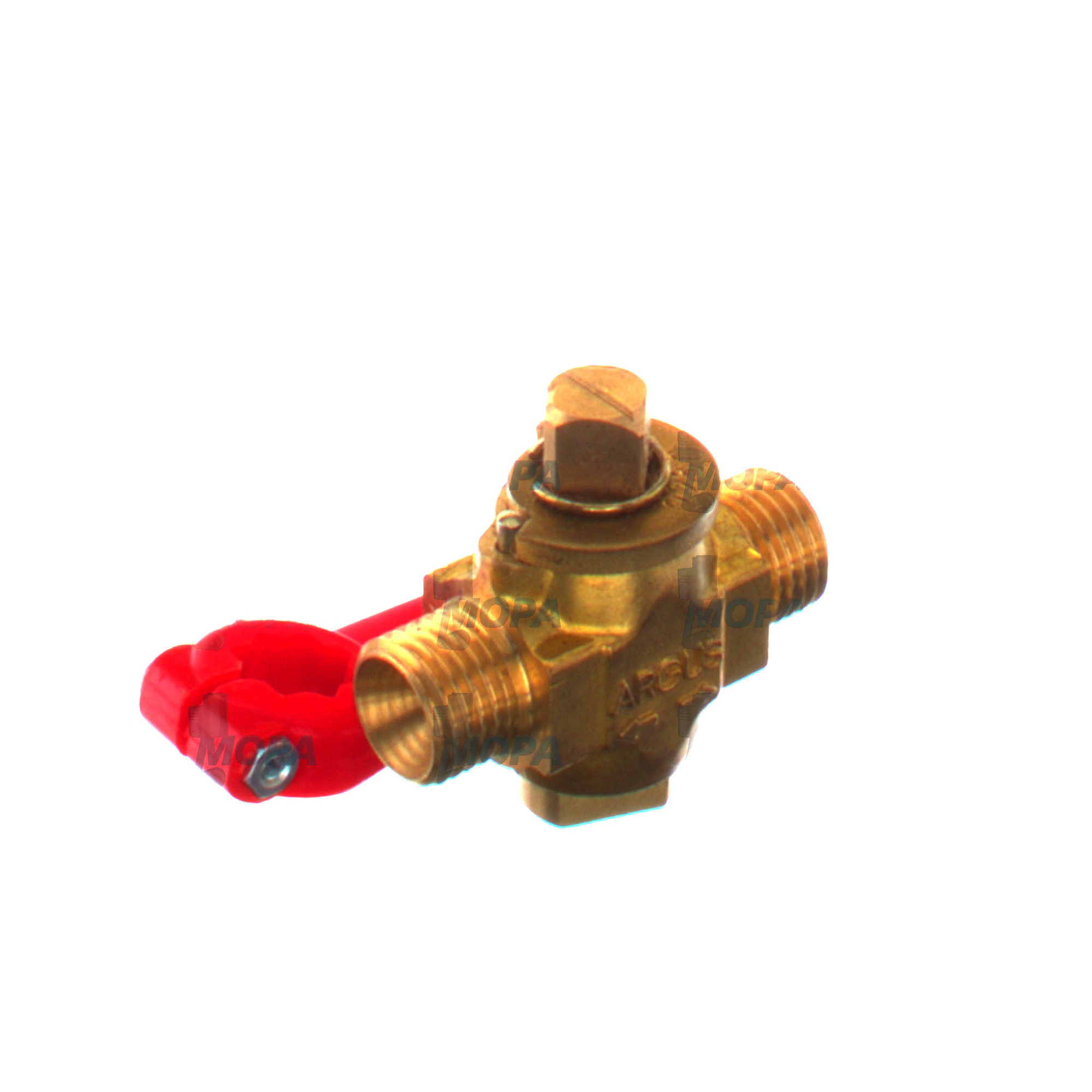BALL COCK fittings and armatures for marine and diesel engines
Fittings and armatures are the precision components that route, shut off, regulate, and protect the media moving through an engine and its auxiliaries. From fuel and lube oil to jacket water, seawater, starting air, and hydraulic control circuits, they ensure that every flow path in a power unit remains stable, safe, and serviceable. Within this category, the BALL COCK stands out as a robust quarter‑turn shut-off device used widely in marine engine and diesel engine piping for fast, reliable isolation and maintenance access.
Whether installed on a main propulsion plant, a genset, or auxiliary systems such as cooling and filtration skids, fittings and armatures define how efficiently energy is transferred, how predictably pressure is maintained, and how quickly crews can respond to abnormal conditions. Their accuracy and durability translate directly into engine performance, fuel efficiency, and uptime.
Technical function of fittings and armatures with BALL COCK in engine systems
Fittings and armatures convert pump output into controlled, leak-tight, and measurable process flows. A BALL COCK uses a bored spherical plug and resilient or metallic seats to provide positive shut-off with minimal pressure drop. In marine engine and diesel engine applications, it is typically installed at key isolation points—bunker and day tank outlets, purifier inlets, fuel booster lines, lube oil coolers, seawater strainers, and jacket-water branches—so crews can localize maintenance without draining entire circuits. The quarter-turn actuation, manual or via an actuator, allows fast response during alarms or fire scenarios.
Other armatures in the same network—check valves, pressure-reducing valves, safety relief valves, needle valves for instrumentation, strainers, quick-closing valves, and manifolds—work in concert with BALL COCK units to stabilize pressures, prevent backflow, protect equipment from debris, and fine-tune flows. When these components are dimensionally matched and material-compatible, they preserve pump NPSH margins, prevent cavitation, maintain fuel viscosity/temperature windows, and keep bearing cooling and lubrication in the optimal range. That stability is a measurable contributor to clean combustion, lower specific fuel oil consumption, and extended component life.
Where a BALL COCK adds value in critical circuits
On fuel systems, a BALL COCK upstream of filters and heaters enables safe, localized service. On lube oil separators and cooler bypasses, it allows rapid switching and isolation without throttling losses. In seawater and fresh-water cooling loops, full-port BALL COCK configurations minimize head loss, preserving pump efficiency. In starting-air and control-air lines, low-torque actuation and blow-out resistant stems ensure reliable isolation during tests and overhauls. Selecting BALL COCK OEM parts with corrosion-resistant alloys (e.g., 316/316L, duplex) and seat materials (PTFE, PCTFE, PEEK, FKM) aligns the component with the medium, temperature, and pressure class in service.
· Full-port designs reduce pressure drop and energy loss
· Quarter-turn actuation enables fast, intuitive operation
· Robust sealing seats deliver tight shut-off under vibration
· Corrosion-resistant bodies withstand seawater and fuel exposure
· Fire-safe and antistatic options enhance engine-room safety
· ISO/DIN/JIS connections fit global marine piping standards
· Lockable handles and clear position indication support safe work practices
· Serviceable trim extends life and reduces downtime
Importance for engine operation: reliability, safety, and lifecycle
Fittings and armatures are small in footprint but pivotal in consequence. A worn or improperly specified BALL COCK can leak fuel into bilges, admit air into suction lines, or restrict cooling-water flow—each a direct risk to engine reliability and safety. Seat erosion increases torque and compromises shut-off; stem packing degradation invites fugitive emissions and contamination; galvanic mismatch accelerates corrosion in seawater duties. Inadequate pressure class selection can lead to deformation and internal leakage under thermal cycling, while poor dimensional tolerances misalign piping, stressing flanges and pumps.
Conversely, well-matched fittings and armatures maintain clean, laminar flows, protect rotating equipment, and keep thermal balances within design limits. They simplify lockout/tagout procedures, shorten service intervals, and reduce unplanned stoppages—key drivers of operational availability for shipowners and plant operators.
Advantages of OEM spare parts suitable for fittings and armatures, including BALL COCK OEM parts
Using OEM spare parts suitable for Fittings and armatures preserves the engineered interplay between valve body, ball, stem, seats, and seals. Dimensional accuracy ensures that replacement trims seat correctly without lapping on site. Certified metallurgy and seal materials match the intended media and temperature range, avoiding swelling, cold flow, or chemical attack. Surface finishes and coatings on the ball and bore maintain low torque and friction, which translates to consistent handle effort and actuator sizing.
For purchasers and technical decision-makers, the benefits are practical and measurable: predictable service life, stable inventories of standardized spares, and reduced downtime during overhauls. Traceable documentation and pressure/temperature ratings align with class and yard specifications, helping crews maintain compliance across diesel engine and gas engine installations. When you select BALL COCK OEM parts and related fittings, you are safeguarding performance, budget, and the long-term health of your engine plant.
MOPA — fast, secure supply of OEM parts for diesel and gas engines
MOPA is a trusted partner for OEM spare parts Fittings and armatures. Our team understands the criticality of a BALL COCK on a marine engine fuel line or a pressure-control valve on a cooling circuit, and we move accordingly—fast quotations, clear availability, and reliable lead times. We prioritize quality through rigorous supplier evaluation and incoming checks, and we ship with secure packaging suited to offshore and dockside logistics.
Whether you operate a fleet or a single power plant, MOPA streamlines procurement with technically accurate cross-references, documentation support, and shipment reliability. From diesel engine applications to gas engine auxiliaries, we help you source the right OEM parts on time, minimizing risk while maximizing uptime.
Conclusion
Fittings and armatures—especially the versatile BALL COCK—are fundamental to safe, efficient engine operation. Their correct specification and condition directly influence performance, reliability, and service life. Selecting OEM spare parts suitable for Fittings and armatures secures dimensional fit, material integrity, and long-term value, keeping your marine and diesel engines running at their best.


